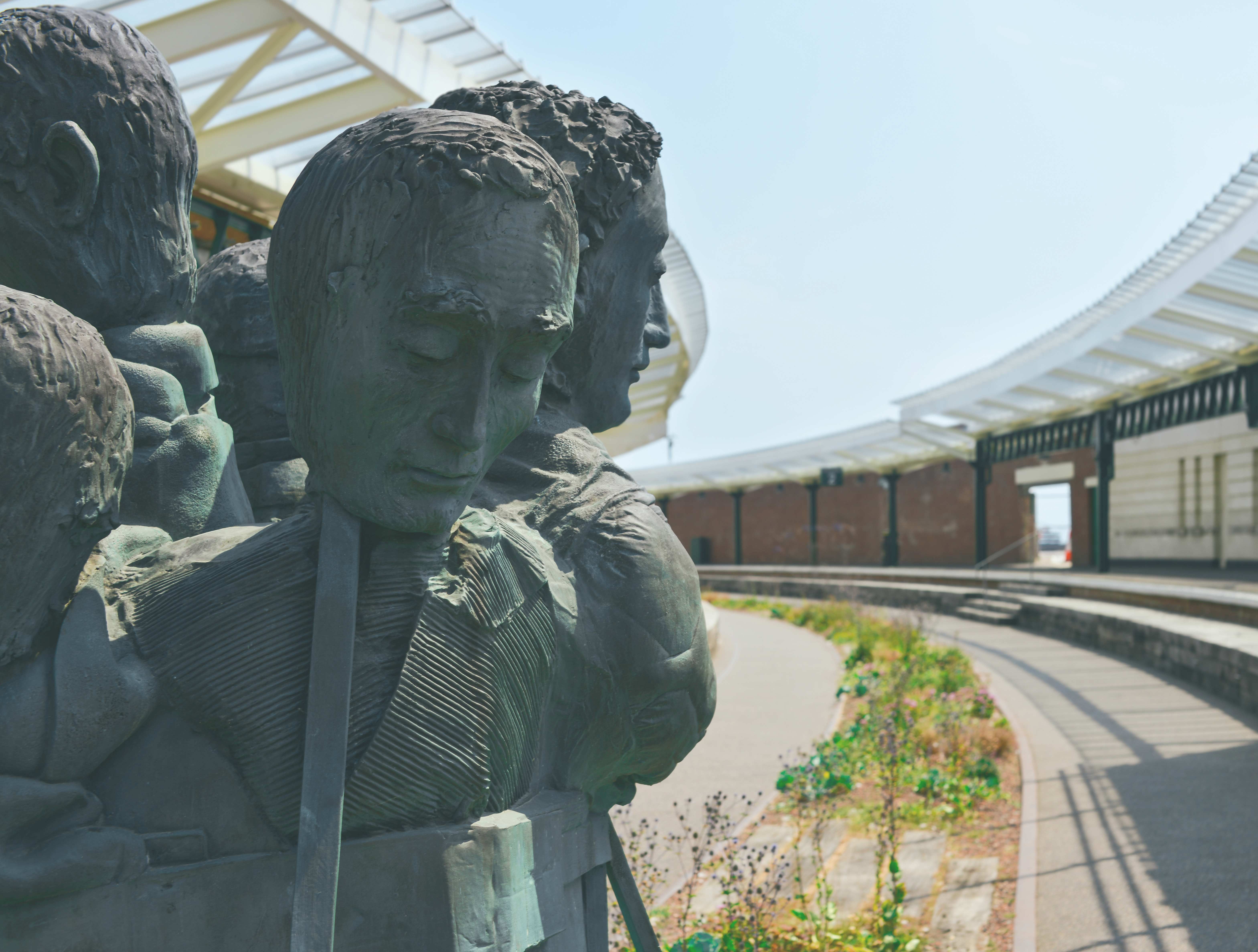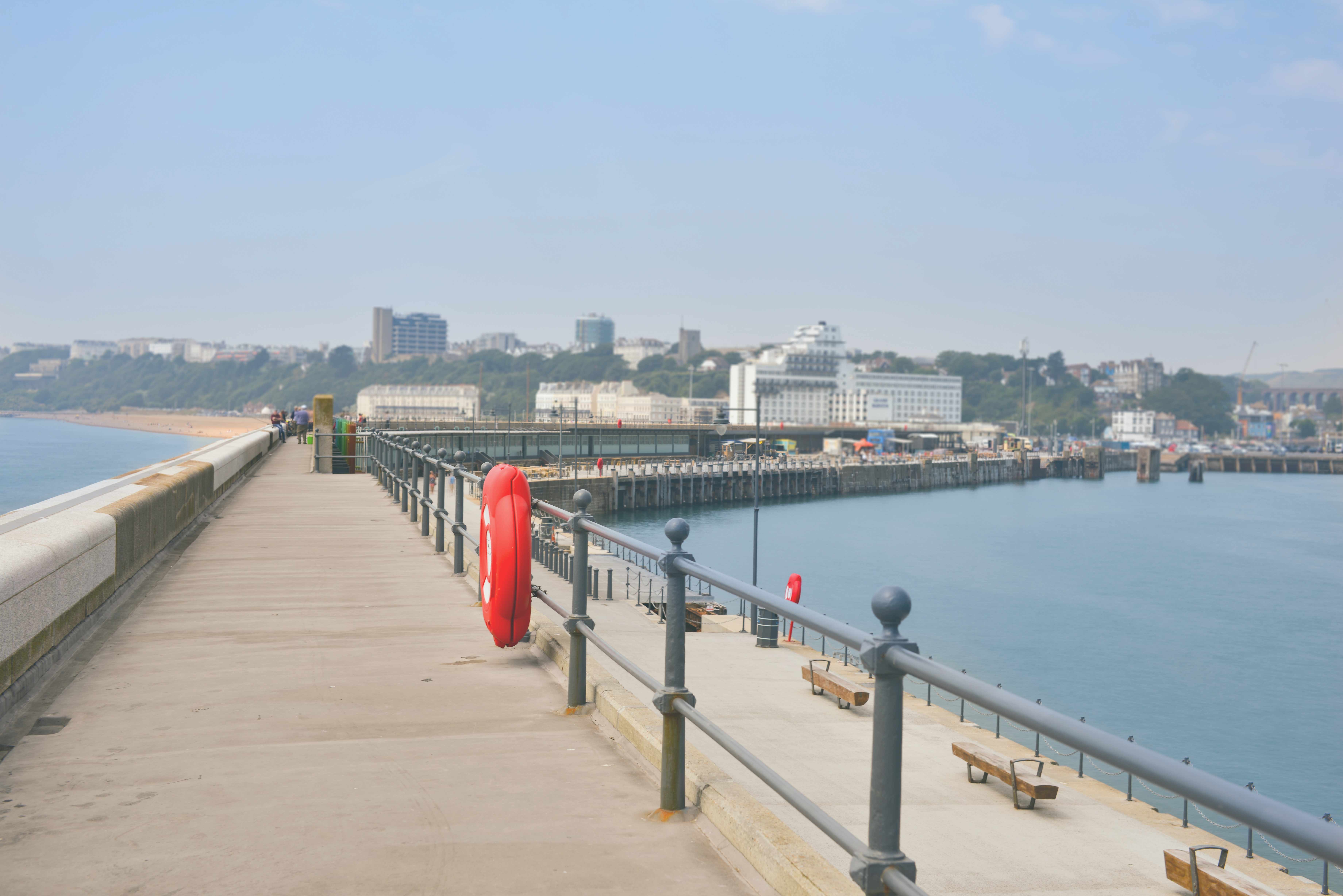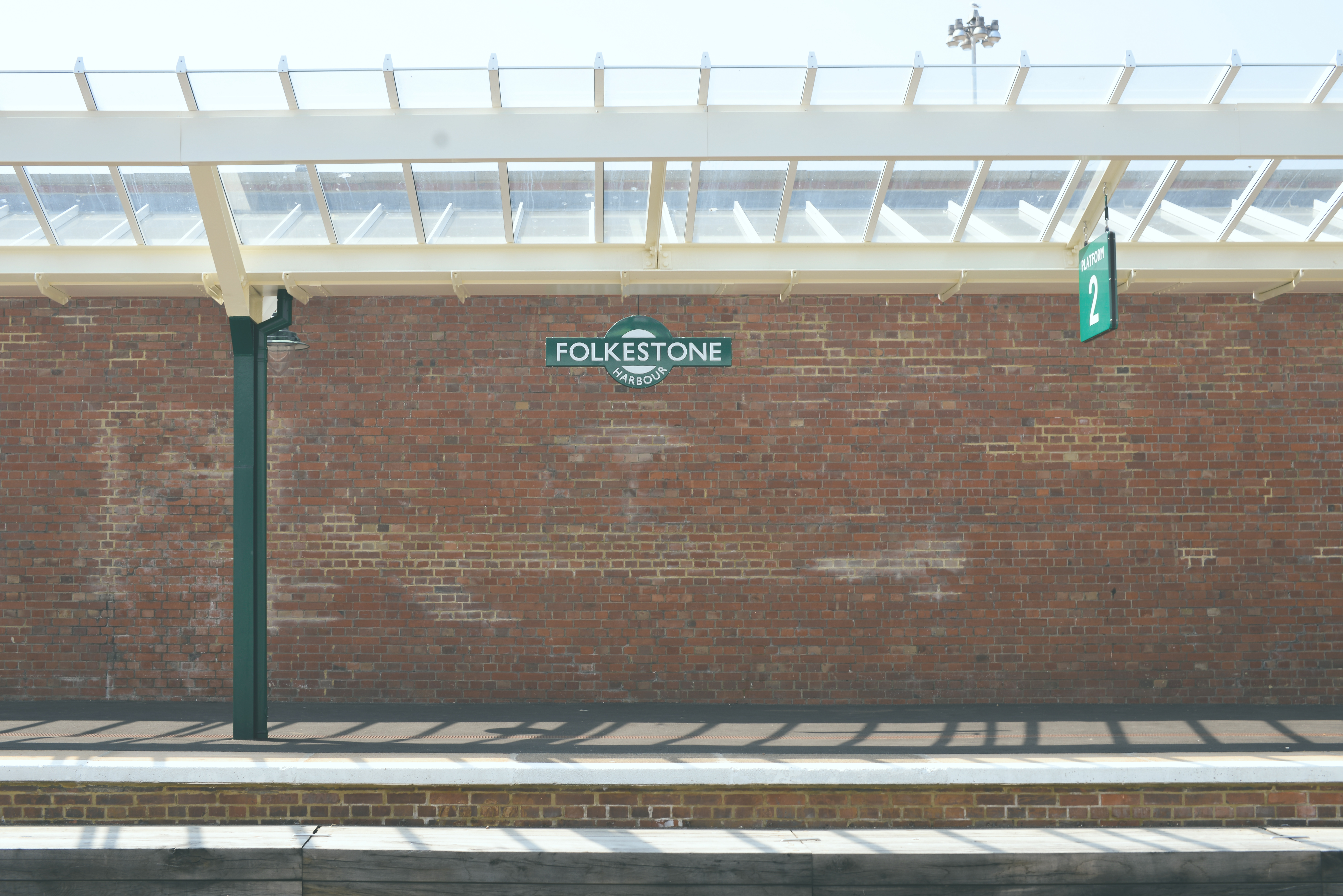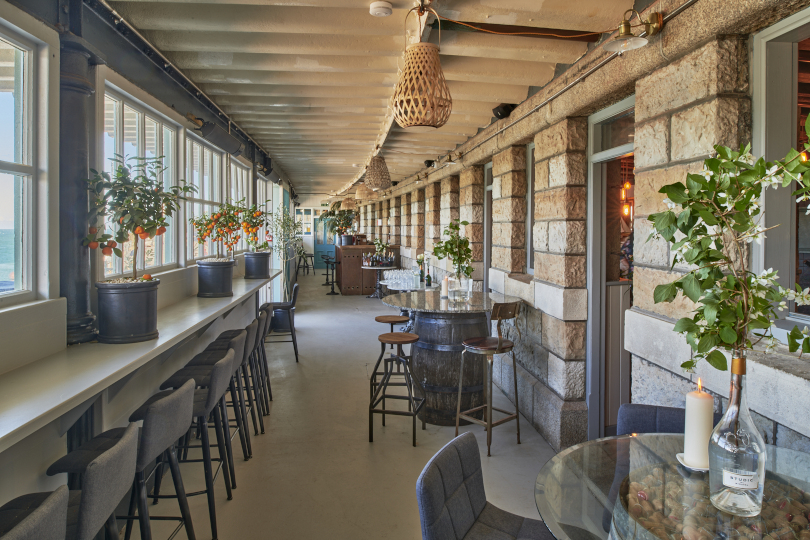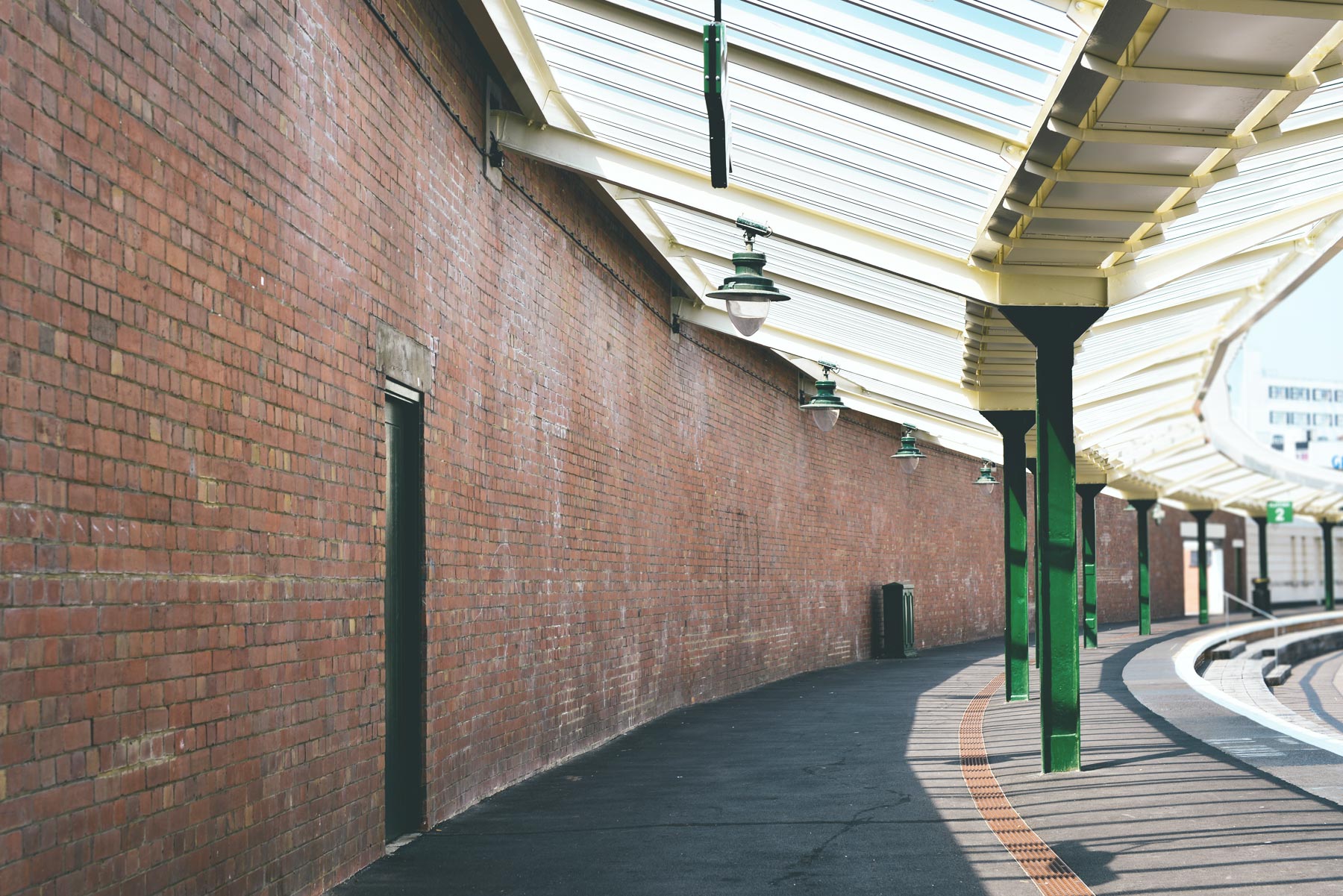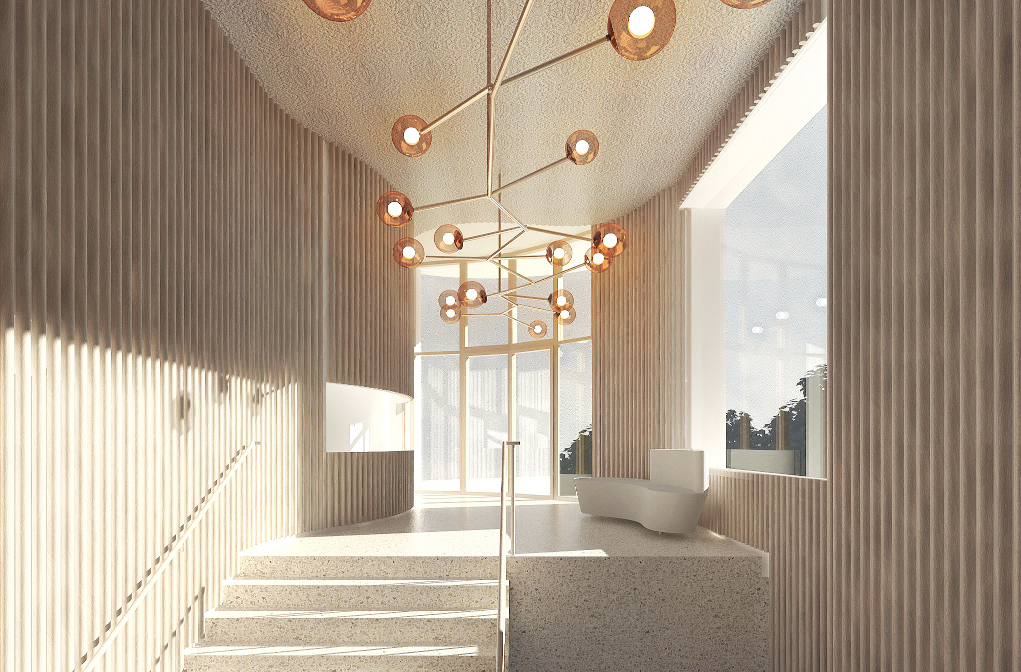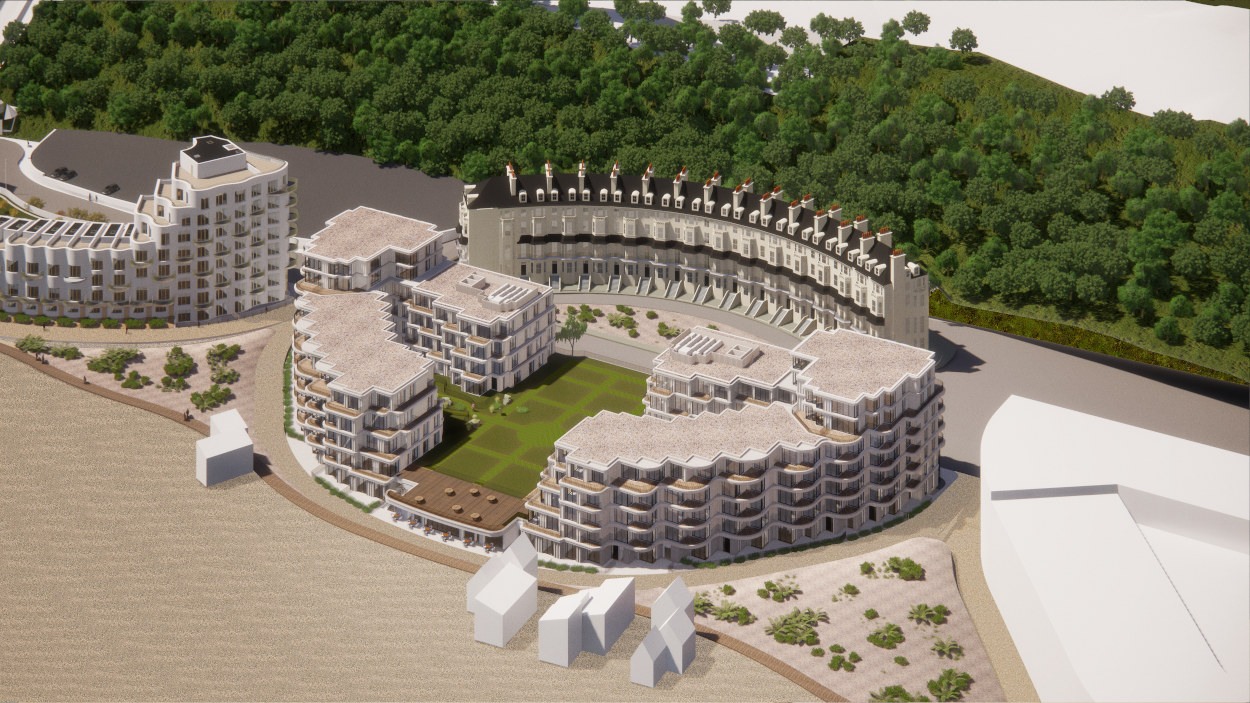Live
Rebuilding and Renovation – ACME
Few people who live in or visit Folkestone can have missed the improvements that have taken place. Since 2014, new life has been injected into Folkestone’s Harbour and Seafront. It has become a major visitor attraction. Perhaps, more importantly, it has developed as a place where people who live in the town gather to meet friends. You can enjoy live music and take in the sea air. There’s a huge variety of food and drink to experience along the historic renovated harbour and station.
Plans have been formally approved to continue this work. Residential accommodation, shops, bars, cafes, public spaces, gardens and promenades will be created on the formerly dilapidated seafront and harbour site. The first residential building is now underway and people can register their interest in this unique collection of town houses and apartments. Folkelife talked to architect Duarte Lobos Antunes when he was a senior member of the ACME team, to learn more about the concepts.

Understanding Folkestone
Duarte Lobo Antunes was an Associate at ACME, the award-winning architects, when they were selected to translate the outline plans for Folkestone Seafront. These were approved in 2015 into a series of practical stages that could be delivered. He and the ACME team have plenty of experience in regenerating sea-front areas. Their work includes a public realm project in Muscat and, nearer to home, Brighton. Duarte’s experience in understanding the dynamics of such environments is key as he’s used to working with the effect of and possibilities afforded by unique conditions created by weather and the sea. Duarte also understands the importance of integrating the public domain with areas where people live, creating a seamless and successful neighbourhood.
international track record
ACME has an enviable track record in shaping projects that introduce new elements alongside an existing townscape, which is the case at Folkestone seafront. Duarte explains their approach: “ACME is an international company: our 60 employees are spread across 22 nationalities. Because of this, we come to each project with no pre-conceived ideas. It’s really important for us to understand the history and heritage behind each place we work, and with each project we do. We needed to understand what Folkestone was … what Folkestone means, in order to design a vision that would help in its rebirth.”
Why the name ACME? “ACME ‘s founder was not unaware of the connotations of the name” explains Duarte. “For us, it stands for ‘A Company Making Everything’: a multifaceted approach by a group of people who work in a much more collaborative way than directors directing and people following. The name intrigues people.”
A place for the unexpected
We asked Duarte how his team approached their work in Folkestone: “Our team first visited Folkestone in June 2016. It looked very different to how it looks now. We came down to the Harbour area on the Leas Lift – which was still working. The area in front of Marine Parade still had the remnants of the Rotunda site with the concrete hard-standing there. However, the nightclub had been removed. The sky was grey, not many people around, but it was very impactful.”
Many people have talked about Folkestone’s identity. What is Folkestone all about?
“When people have chosen to move here, they’ve assessed other sea-side towns and found that Folkestone has what they want. One of the first things we did was look at the history of this area. It’s not easy to define: it has its own character created by periods of wealth and prominence, followed by years of decline and then, more recently, a kind of rebirth. These are the kind of places that tend to be the most interesting for me. They have a certain faded grandeur, and they also have a grittiness, ingredients that can come together to make something really special.”
Folkestone is a fantastic location
“Folkestone has a fantastic location, which helps define it as a place. It would be completely different if it was in the middle of the countryside, without such recognisable features as The Leas, the cliff, the sea, the sandy beach, the shingle beach. Folkestone has all these, and also is very much defined by its geographical qualities. It’s not the archetypal picture postcard town – there are some parts that are quite “gritty” – but there are plenty of very attractive places and neighbourhoods.”
What challenges and opportunities does the seafront site represent? “The seafront area is a kind of “in between space”, reclaimed from the sea as a result of the harbour being built from around 1800. Over the years it has had many different uses, including a switchback railway, outdoor pool, a roller-skating rink and a funfair. For a time, there was a traditional seaside pier, and we even found pictures showing llama rides! It is a place for the unexpected, a vast area that people of Folkestone have known in many different guises for well over a century.”
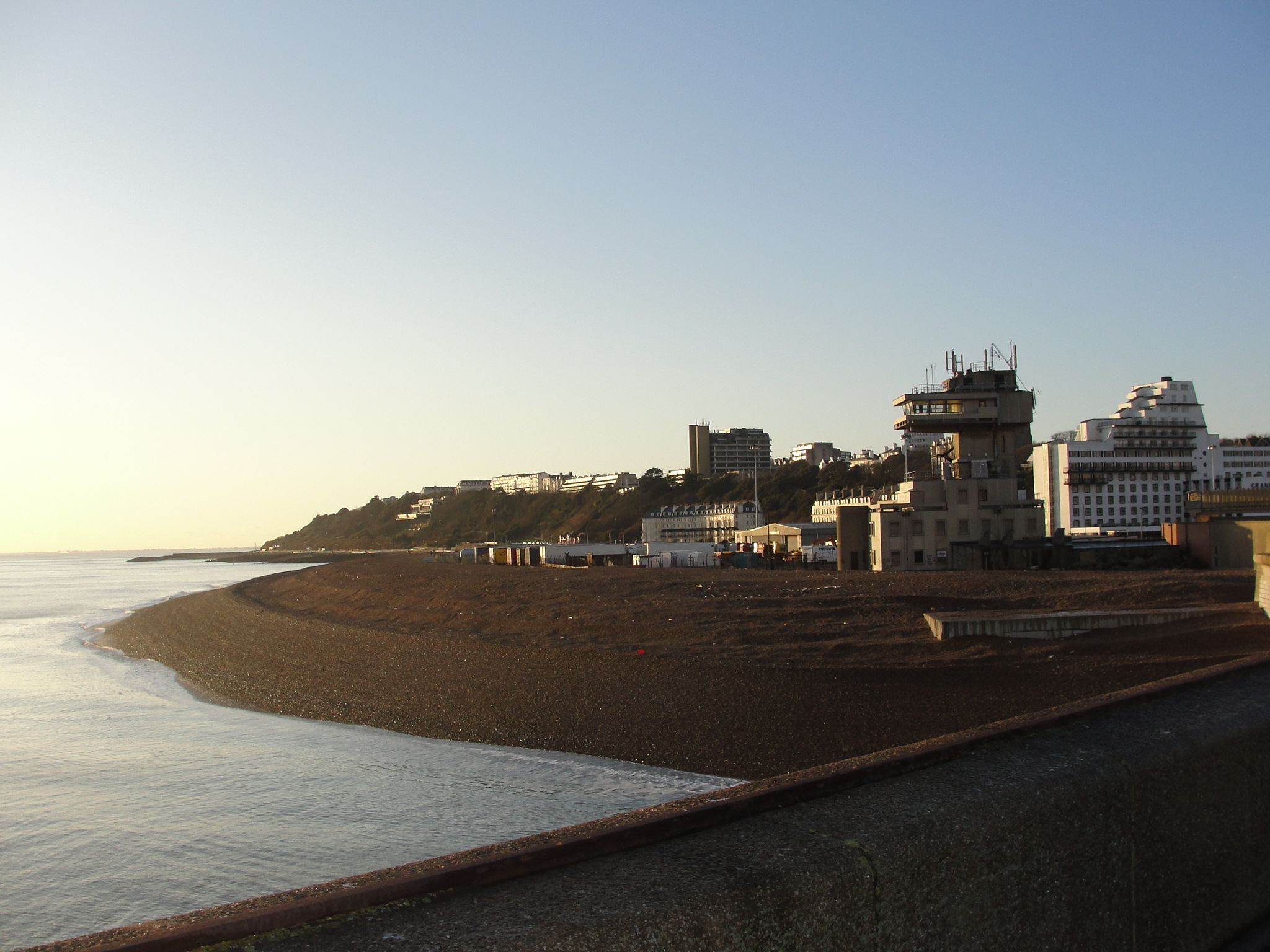
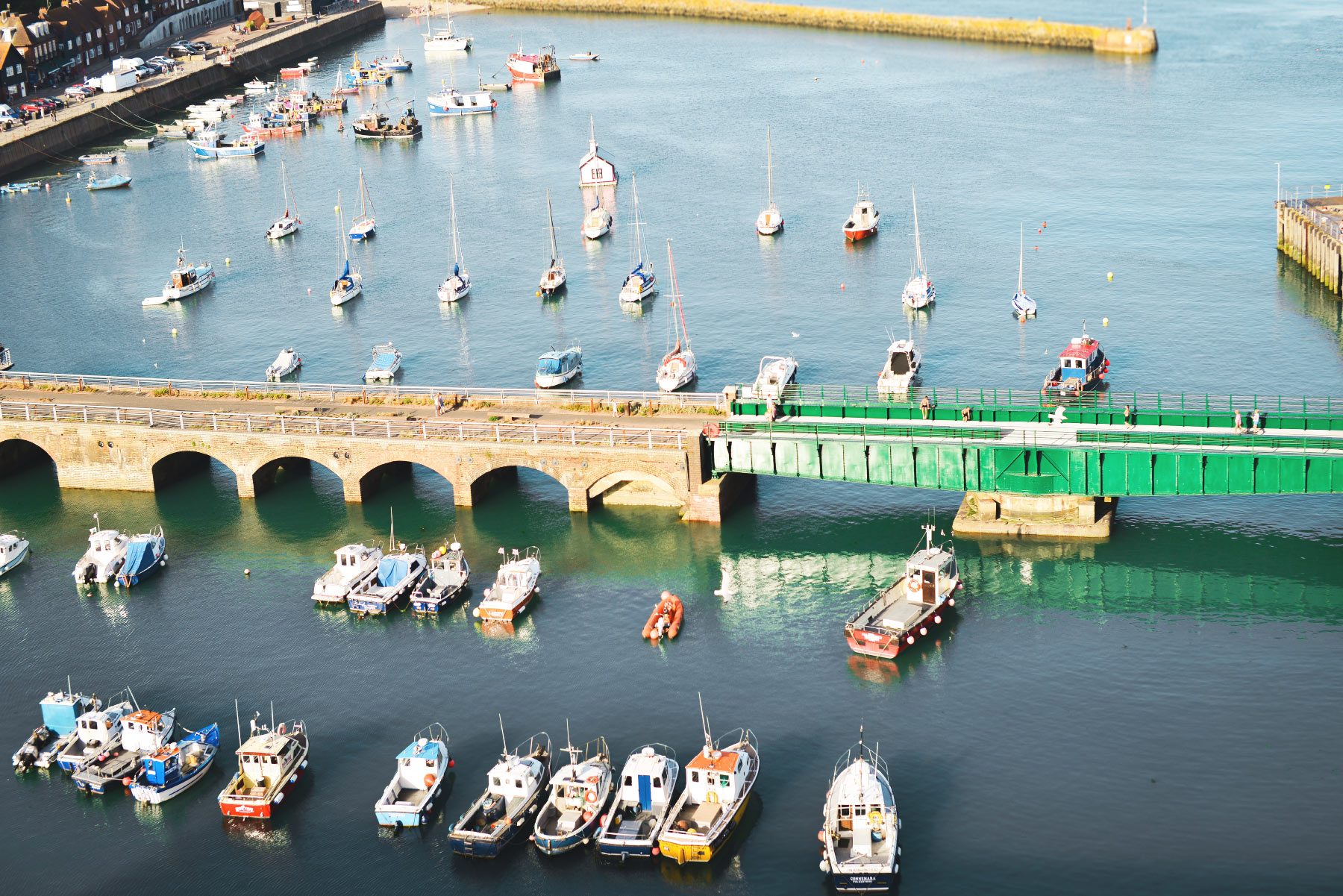
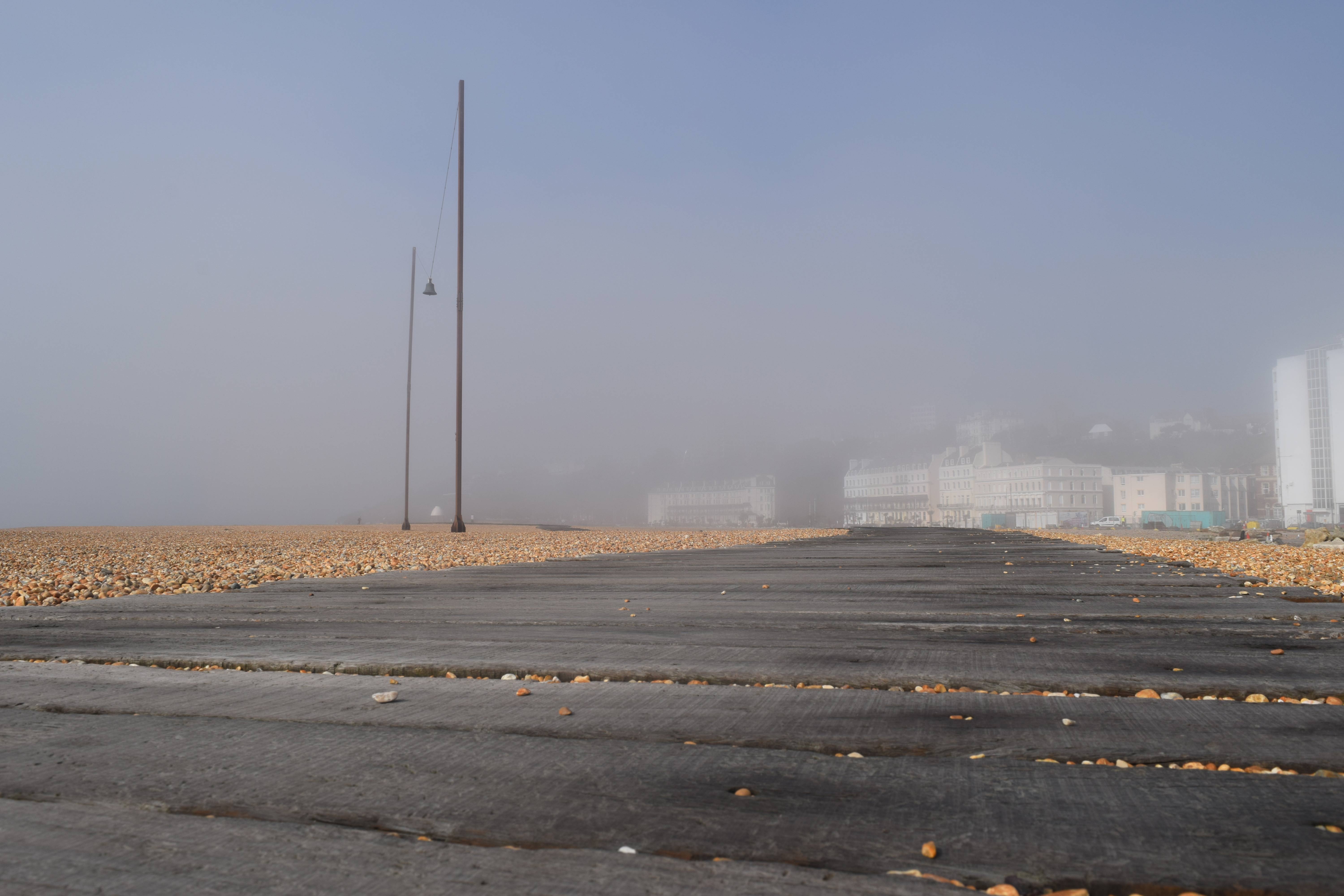
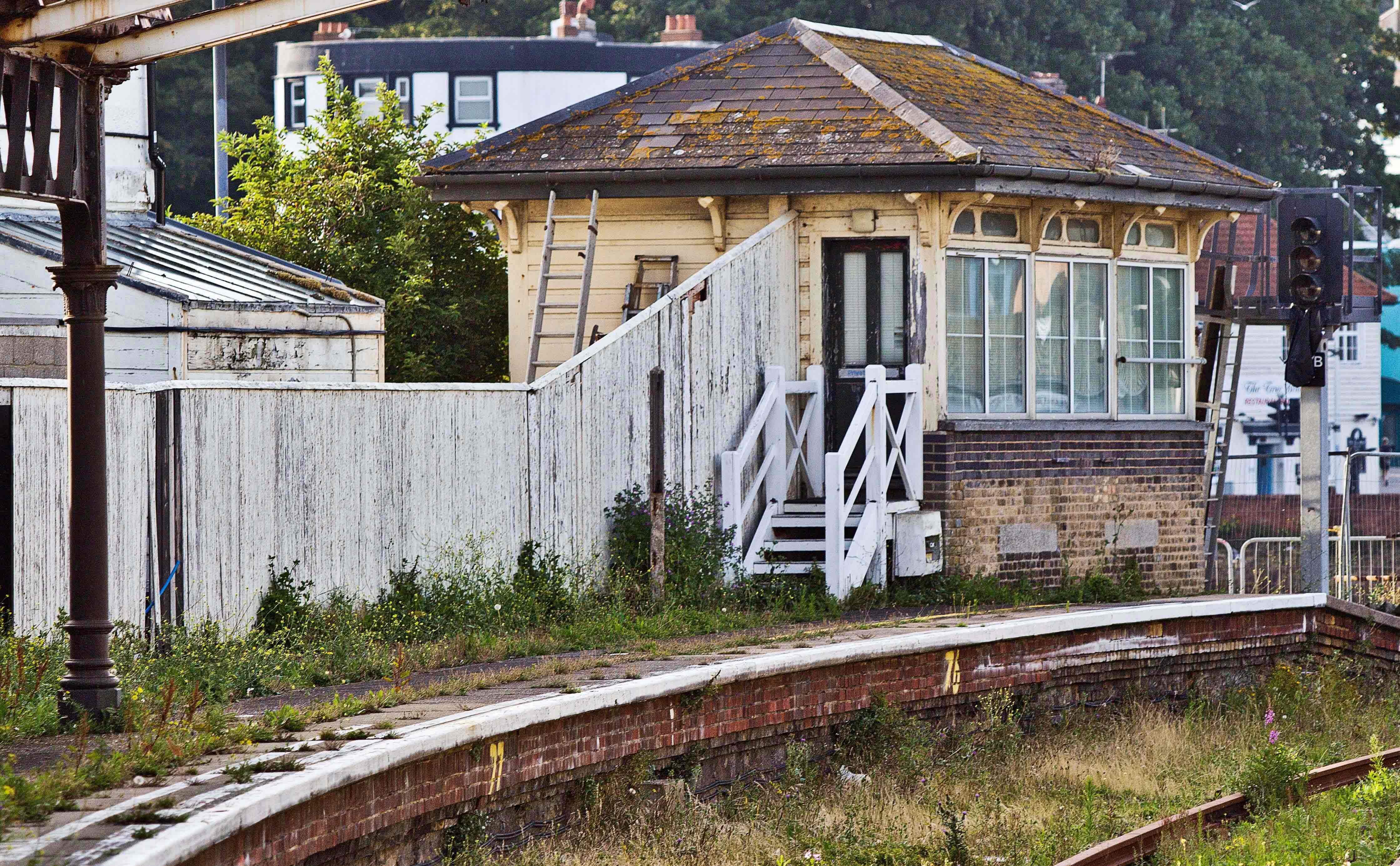
Translating the vision
How did ACME set about translating the outline plan into something that could be delivered?
“First of all we wanted to do something quirkier than taking the fabric of Folkestone and grafting it into the seafront of Folkestone. We wanted to do something that was a little more particular to the sea front, taking clues from Marine Crescent and all this Victorian architecture. We didn’t want to do something that was exactly the same as the rest of the town, and we wanted to maximise the space given over to public realm.
“When we came on board, our remit was to reappraise the plans approved in 2015. The feel of those plans was more private; a network of private streets that would feed into these private dwellings, making it a closed neighbourhood. Which is fine, but we wanted to do something that wasn’t necessarily so defined. It’s important that this area gives back a lot of space to the town. Our design would be a good balance between private and public, using the appropriate architecture language that would make it feel like it belonged here.”
reinstating the natural state
“When you look at what’s there now, with the shingle and the boardwalk, it seems like it’s been like this for ever. This is the natural state of the beach, but it was a demolition site for a long time.”
What changes did you propose?
“Our first steps focused on the Station; we began to ask questions about whether it should be retained or not. In the previous plans, the station was to be demolished and replaced by a pedestrianised street, of sorts, and we thought it didn’t really make sense. You have the Harbour Arm, which is this great piece of marine infrastructure, being used in such an interesting way with all the businesses and activity going on there. Then we had the listed viaduct and swing bridge and it didn’t make sense to just break that link. So we wanted to find a way of keeping that link going.”
Integration is key
“We always thought the Harbour Arm was great, it has such an amazing position. It sits out to sea and you can look back at the town. The Harbour Arm needs to be part of the system, it needs to be integrated. People need to find loads of reasons to come down, through that route, to be involved and we wanted to make that route interesting as well.
“One of the things we did was the boardwalk. When it comes to the end of the beach, it connects with the top part of the Harbour Arm. Historically, if you look at old photographs of the Arm, it was once a promenading area. But, it was inaccessible after the harbour lost its function and we wanted to recreate that connection. It’s really important that the boardwalk finishes up at the top deck of the Harbour Arm. It means you can make a circular link. The Harbour Arm, in a way, is a dead end, and this way, with the Boardwalk, you have more options in the way you circulate. The spirit of the whole thing is to make it easy to use.”
committed to the vision
Duarte highlights the ethos behind ACME’s approach in Folkestone: “Collaboration is what makes Folkestone work. When you take someone on, hire them to your office or bring someone into your family, those people have to be committed to the vision for the long-term. The vision here is very much led by Sir Roger De Haan, but now a lot of people have latched on to that vision; they have got involved and are contributing to making Folkestone a great place to live.
“It’s not just building some houses on the seafront, it’s more than that. It’s a range of different people raising up the town, and that’s why it’s working. We didn’t know it would be such an absorbing project, and we’re very happy that it is! We feel like we’re very much invested in the whole project.”
If you wish to find out more about the Shoreline properties, please register your interest by visiting the Folkestone Harbour and Seafront Development website.
